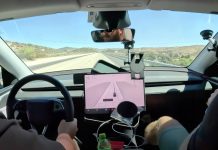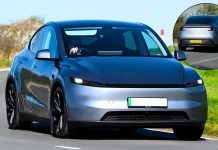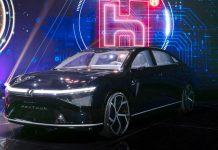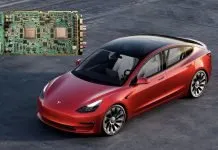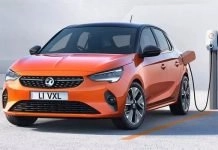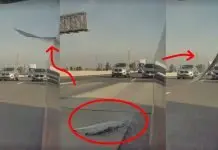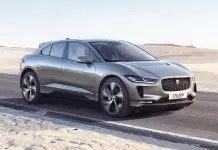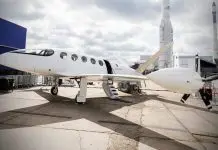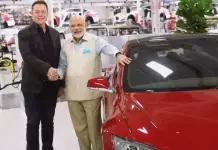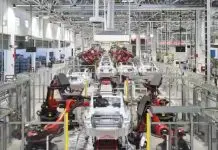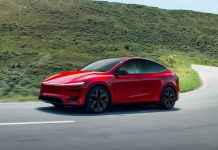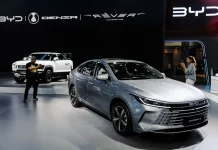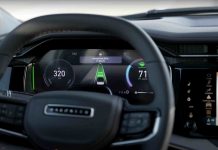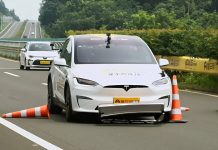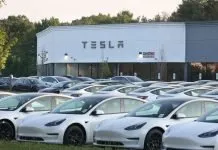One ambitious attempt to create autonomous driving involved one of Tesla’s owners attempting a cross-country trip with Full Self-Driving (FSD) and making it only a little over 60 miles before a vehicle accident happened. The cost of that failure? An estimated cost of more than $22,000 in repairs.
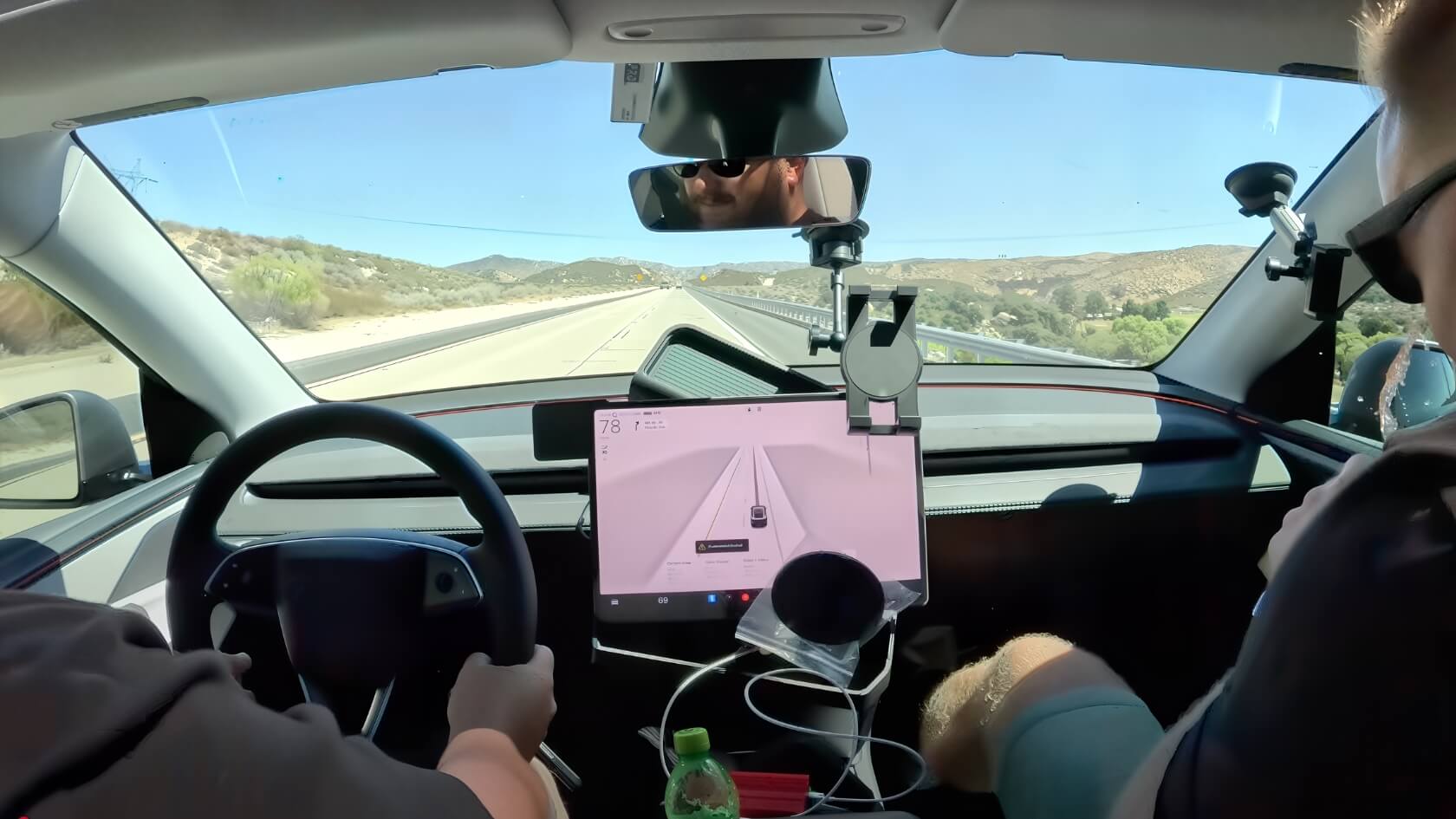
The Ambitious Challenge
Tesla CEO Elon Musk made the most notorious suggestion that someday a Tesla vehicle would be able to drive across the country without any human control. Neither reliably nor safely has that vision come to be. However, a YouTuber and Tesla fan-boy, Justin Demaree, aka Bearded Tesla Guy, chose to test the system in his (almost) new Tesla Model Y.
Also, with a friend, Demaree left San Diego, California, switching on FSD (Full Self-Driving) mode and intending to use the system as much of the trip as possible. They aimed to demonstrate that intercountry travel could be done with minimal driver intervention.
The Crash That Ended the Run
Approximately 60 miles into the journey, at a speed of about 75 mph, the Tesla crashed into a big metal ramp that was lying in the road. The accident resulted in the car flying off a little. The two occupants were luckily not hurt, although the impact was great.
What is interesting is the fact that at the time of the event, FSD was unable to identify or respond to the risk. This was the case for the previous crash, which was originally blamed on FSD, but was proven to be caused by Human Error. However, the machine never stopped or swerved. The driver went on to narrate that they did not even have an opportunity to change drivers before the crash.
The first look at a lift showed that a bracket of a sway bar is broken, and there is damage to the plastic underbody parts. Nonetheless, initially, the car appeared to be in a driving condition, and the people were heading on.
Increasing Failures and Diagnoses
But the following Supercharger station was worse: Tesla refused to accept any charge, and a warning appeared, with one message saying that the front electric motor had malfunctioned. The vehicle had to hobble to a Tesla service center in Tucson, Arizona.
When at the shop, op the real extent of the damage became apparent. An in-depth examination revealed that the high-voltage battery pack was very badly damaged. The estimated cost of full repair amounted to $22,275.82, and nearly $17,000 of it was spent on battery replacement only.
However, in irony, Tesla concluded that the battery was actually having a cell-imbalance problem, which had existed before the crash. Due to the existing defects, the battery warranted replacement. The remainder of the repairs, suspension, structural, and bodywork were left to the owner.
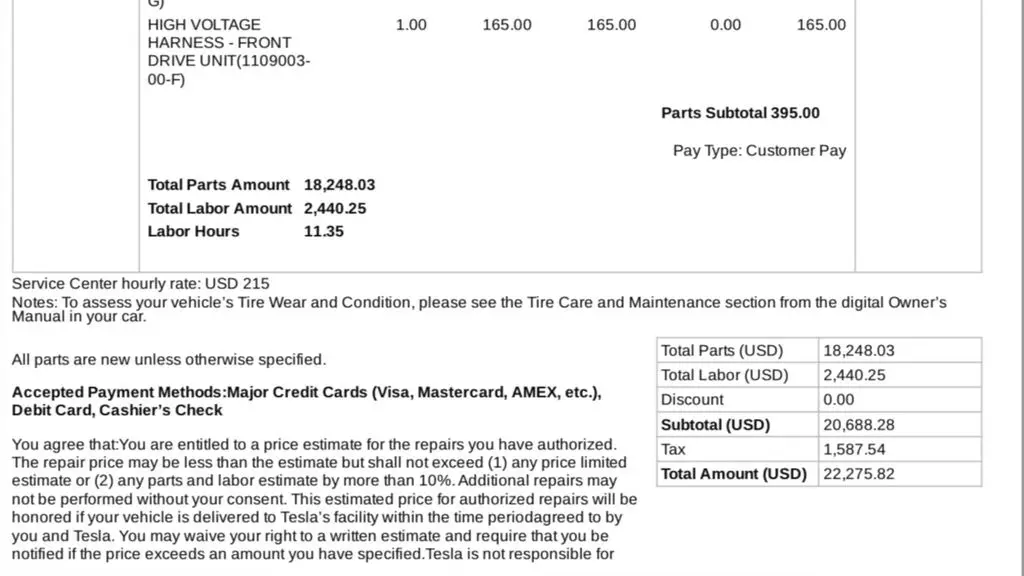
Teaching Points and Lessons
The financial blow may have been cushioned by Tesla’s decision to cover the warranty, but the accident sheds an unflattering light on a still crucial fact: Tesla FSD is more of a driver-assistance system than a fully autonomous driving system. It is technically known as Level 2 automation, which implies that the human driver needs to remain on their guard and be able to take control.
The accident highlights that the FSD, as implemented in the real world, can remain unaware or incapable of reacting to unforeseen road situations- even ones that a person driver can easily notice. Indeed, independent testing teams have time and again reported erratic performance in Tesla FSD, where the system may work dozens of times consecutively on a highway and then abruptly malfunction in the same situation.
This effort also casts doubt on the ethics and the dangers of promotional stunts. Although no one suffered injuries, the act of driving the car to the so-called limits to demonstrate its readiness to do so was hazardous. Boundary-pushing tests have real-world implications in the rapidly changing world of autonomous vehicles.

